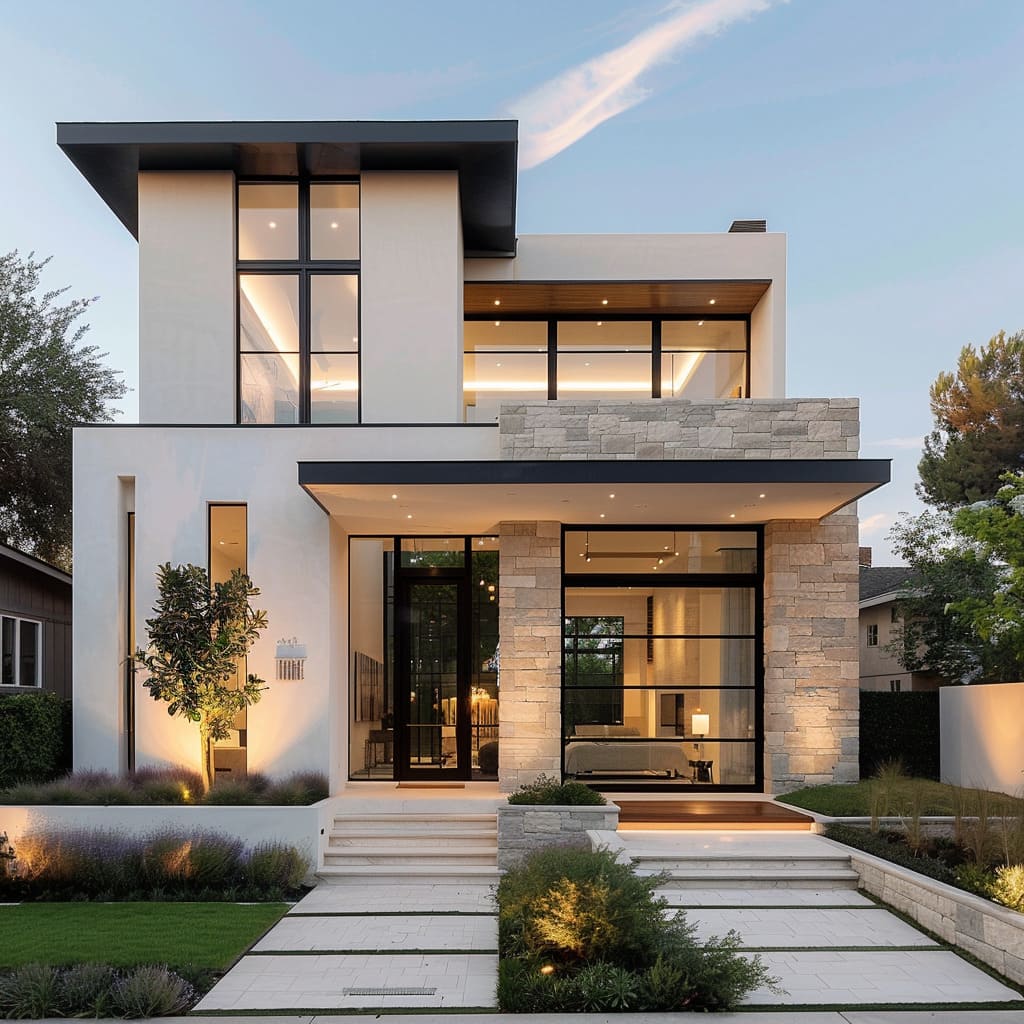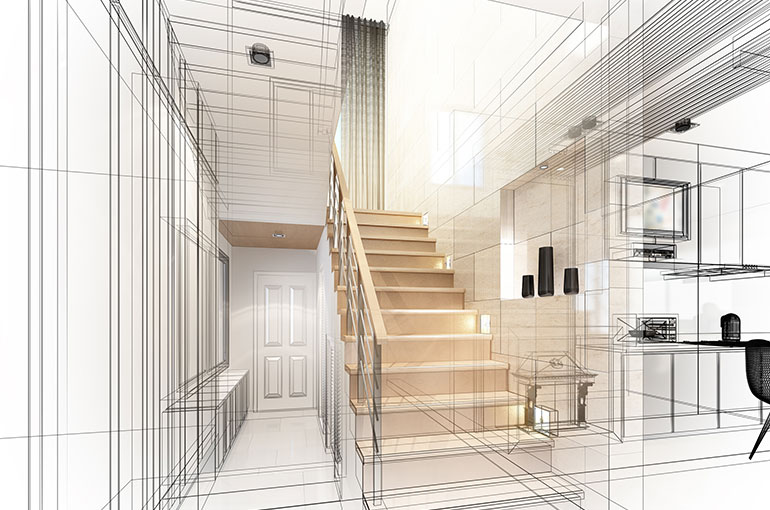Discover Prize-winning Tasks by Prominent CDA Architects
Discover Prize-winning Tasks by Prominent CDA Architects
Blog Article
A Detailed Review of Architectural Designs and Their Impact on Modern City Planning and Growth
Building styles have actually long worked as a mirror to the societal worths and technological innovations of their time, playing a crucial role fit contemporary city planning and growth. From the majesty of Neoclassicism to the practical technique of Brutalism, each style has presented distinct concepts that affect metropolitan appearances and capability. As contemporary challenges occur, including sustainability and area demands, comprehending these historical structures ends up being necessary. The resulting dialogue not just notifies future design techniques however also elevates pertinent inquiries regarding the equilibrium between heritage and innovation in our progressing metropolitan landscapes.

Historic Overview of Architectural Styles
Throughout history, building designs have actually developed in action to social, technical, and environmental aspects. Each period mirrors the prevailing values, beliefs, and advancements of its time, bring about a rich tapestry of design that indicates human creative thinking and adaptation. The ancient worlds, such as the Egyptians and Greeks, established foundational styles that emphasized symmetry and percentage, serving both useful and visual functions.
As cultures transitioned with the Center Ages, Gothic style arised, defined by its verticality and detailed describing, matching the spiritual desires of the period. The Renaissance noted a rebirth of timeless perfects, combining art and style in cutting-edge manner ins which affected succeeding styles across Europe.
The Industrial Transformation introduced new materials and construction methods, prompting movements like Modernism, which tested typical kinds and accepted simpleness and performance. The 20th century saw a diversification of styles, with Postmodernism reacting against the stark minimalism of its precursor, including historic references and eclectic components.
Today, architectural designs remain to develop, driven by globalization and sustainability problems, showing a vibrant interplay between heritage and development (cda architects). This historic summary emphasizes the relevance of architecture as a mirror of social evolution and as a catalyst for metropolitan development
Secret Architectural Styles Explained
The variety of architectural designs reflects the myriad influences that form our developed setting, each embodying unique characteristics and cultural values. Key architectural styles consist of Classical, Gothic, Baroque, Innovation, and Postmodernism, each representing distinct historic contexts and aesthetic approaches.
Classical architecture, rooted in ancient Greece and Rome, stresses proportion, proportion, and using columns. In comparison, Gothic design, prospering in the Middle Ages, is defined by sharp arcs, ribbed safes, and flying buttresses, creating a spiritual quality in cathedrals. Baroque design, arising in the 17th century, is noted by majesty, sophisticated embellishment, and a dynamic interplay of light and shadow.
Modernism, which acquired momentum in the early 20th century, prioritizes feature over kind, utilizing new materials like steel and glass to create minimalist structures. Postmodernism, reacting against the austerity of Modernism, accepts eclecticism and historical recommendation, often incorporating playful elements and irony.
Comprehending these styles offers insight into the cultural narratives and technical improvements of their corresponding periods, highlighting just how design serves not equally as a shelter, but as a reflection of societal values and aspirations.
Effect On Urban Preparation
In forming the advancement of cities, building styles significantly affect urban preparation decisions. The choice of building design typically determines the looks, capability, and general character of urban settings.
Additionally, building styles can influence zoning policies and land make use of policies. Urban coordinators click to read more have to consider the dominating building patterns when designing districts, making certain that new advancements integrate with existing structures. This consideration cultivates cohesive metropolitan landscapes and boosts community identity.
The application of details architectural styles can additionally influence socioeconomic elements within a city. As an example, premium modern designs may draw in upscale homeowners and businesses, resulting in gentrification, while a lot more economical real estate read review remedies could focus on practical and sustainable styles to fit varied populaces. Inevitably, the interaction between architectural styles and urban planning creates vibrant cities that mirror both historic context and contemporary requirements, shaping the lived experiences of their residents.
Sustainability and Modern Style

Contemporary building motions, such as biophilic layout and eco-friendly style, advocate for frameworks that harmonize with their surroundings, using all-natural materials and advertising biodiversity. These designs frequently integrate renewable power sources, such as solar panels and wind turbines, to decrease dependence on nonrenewable fuel sources and lower carbon impacts.
Furthermore, the integration of innovative technologies, such as wise structure systems, enhances energy monitoring, optimizing resource use while making sure owner comfort. Ingenious water monitoring techniques, consisting of rain harvesting and greywater recycling, further contribute to sustainable city environments.
Significantly, sustainability expands past ecological concerns; it encompasses social and economic dimensions. By promoting area health and advertising inclusivity, modern-day building designs line up with lasting growth goals. The webpage development of architectural practices continues to shape resistant cities that not just fulfill the requirements of the existing yet additionally secure the future for generations to come.
Neighborhood Interaction in Design
Community involvement in layout functions as an essential bridge between architects and the populaces they offer, making certain that the constructed atmosphere shows the needs and goals of its users. This collaborative procedure invites community members to add their understandings and preferences, fostering a feeling of ownership and responsibility towards the areas they occupy.
Reliable area involvement utilizes different techniques, such as workshops, surveys, and public forums, to collect diverse viewpoints. These techniques help with a two-way discussion, enabling architects to comprehend local contexts while encouraging homeowners to voice their problems and desires. This inclusivity not just improves the layout high quality but likewise advertises social equity by attending to the distinct obstacles faced by marginalized teams.
Additionally, community interaction can result in cutting-edge remedies that could not emerge in a standard design procedure. By integrating regional expertise and cultural worths, engineers can create spaces that reverberate more deeply with customers, enhancing functionality and sustainability. Inevitably, prioritizing neighborhood engagement in design processes causes settings that nurture social interactions, assistance health, and strengthen neighborhood connections, thus playing a pivotal role in forming modern-day city landscapes.
Conclusion
Architectural designs have exceptionally affected modern-day city preparation and development, reflecting advancing social and technological contexts. The assimilation of historical visual appeals with contemporary requirements cultivates city settings that prioritize sustainability and community engagement. As cities remain to expand and adjust, the recurring discussion in between building heritage and modern-day design concepts will stay crucial in creating inclusive, vibrant spaces that enhance lifestyle and promote social equity. The future of urban advancement hinges on this harmonious balance.
Report this page